Introduction to Healing Crystals
Across cultures and centuries people have turned to stones, minerals and crystal formations not only for their beauty but also for guidance, comfort and ritual. Today the interest in healing crystals blends ancient lore with contemporary wellness practices — from meditation and sleep rituals to intention-setting and creative work.
Many people who work with crystals report that a careful, conscious interaction with stones supports clarity of mind, emotional grounding and a sense of balance. Whether you approach crystals from a spiritual, energetic or simply aesthetic perspective, they can be practical tools for focus, ritual and self-care.
History of crystal healing practices
Stories about crystals appear throughout human history: they were prized as amulets, used in ceremonies and incorporated into medical systems. The widespread use of crystals reflects both their material rarity and their symbolic power.
- In ancient Greek and Roman cultures, differently cut stones were worn or carried as talismans and were thought to mediate between people and the divine.
- Within traditional Hindu systems, many gems were associated with specific chakras and used in ritual and Ayurvedic practices to align bodily energies.
- Classical Chinese thought linked minerals and crystals to broader cosmological ideas about yin and yang, balance and the flow of life force.
How does energy work in crystals?
The idea that crystals have energetic qualities is a core belief in many holistic systems. In these frameworks a crystal’s internal structure — its lattice, inclusions and color — is said to create physical resonances that interact subtly with a human energy field.
Crystals are often discussed in terms of vibrational energy: proponents describe stones as holding frequencies that can help stabilize or uplift our own energetic patterns. Practitioners use this language to explain why a particular quartz or gemstone seems to support concentration, calm or confidence.
From a scientific perspective these effects are not established by controlled research; many reports are subjective and rooted in ritual, intention and personal experience. Still, the combination of focused practice (like meditation) and meaningful objects (like crystals) can produce measurable shifts in mood and attention for many people.
Before buying a healing crystal, know your needs
Choosing a crystal starts with a simple question: what do you want to support? Clarifying intentions — whether it’s improving sleep, reducing stress, fostering creativity or strengthening boundaries — makes it easier to select stones that align with your goals.
Two practical exercises can help sharpen your intentions: a short body-scan and an emotional check-in. Both are quick, effective tools to help identify where you need support.
Body Scan Meditation — Sit comfortably in a quiet place. Close your eyes and take slow breaths. Notice sensations from your toes to your head: tension, heat, coolness, or comfort. Make a mental note of areas that feel heavy or strained. These regions often point to where a healing practice could be helpful.
Emotional Check-In — Take two minutes to name what you’re feeling right now. Are you anxious, tired, restless or calm? Notice intensity — is the feeling mild or overwhelming? Naming emotions increases awareness and makes it easier to choose a crystal or ritual that addresses the root concern.
How many types of healing crystals are there?
The world of healing crystals is extraordinarily varied. Geologically, minerals form in countless combinations — and different traditions attribute different qualities to those minerals.
Below are helpful ways to organize your exploration: by chemical composition, color symbolism and metaphysical role. Each approach offers a different lens for choosing stones that resonate with your intention.
- Silicate group: Many popular stones like amethyst, citrine and clear quartz are silicates. These are often used for clarity, creativity, and spiritual focus.
- Volcanic glass and related minerals: Obsidian and similar materials are commonly applied for grounding, protective boundaries and working through difficult emotions.
- Oxide minerals: Gemstones like sapphire and ruby contain aluminium oxide and are historically prized for vitality, endurance and, in some systems, physical resilience.
Color-based categories are also popular because they map easily onto emotional states and intentions:
- White/clear — clarity, purification, focus.
- Red — vitality, courage, grounding.
- Orange — creative energy, joy, playfulness.
- Yellow — mental clarity, confidence, motivation.
- Green — heart-centered healing, growth and renewal.
- Blue — communication, calm, intuitive listening.
Metaphysical roles can help you decide how to use a stone:
- Soothing crystals — for stress relief, sleep and emotional regulation.
- Amplifying crystals — used to increase intention, focus or manifestation practices.
- Protective crystals — chosen to create boundaries and dispel worry or negative influences.
- Wisdom crystals — supportive for study, decision-making and deepening insight.
Selecting the correct crystal for yourself
When picking a healing crystal trust a mix of intuition and practical research. Start by reading a bit about a stone’s traditional associations, then check how the stone feels to you physically and emotionally.
Pay attention to these selection cues:
- Initial pull: Is there a spontaneous attraction to one stone? Often the one you notice first is the one most aligned with your current needs.
- Physical response: Holding a stone can produce warmth, a tingling or a sense of ease — subtle signals that many people use to evaluate compatibility.
- Practical fit: Consider size, shape and how you’ll use the crystal — will it be worn, placed under a pillow or kept on a desk?
Tips for connecting with a crystal:
- Set a clear intention before you connect with the stone — state what you want to invite into your life.
- Hold the stone quietly for a minute or two and breathe slowly, noticing any sensations or images that arise.
- Use journaling: write a sentence about why you chose it and what you hope it will support; revisit this note later to track changes.
Types of some crystals and their common healing properties
Below are several stones widely used in contemporary crystal practice and the qualities they are most commonly associated with.
-
Amethyst — a violet to purple quartz long associated with calm, better sleep and contemplative practice. People often keep amethyst near a bedside, in meditation spaces or as a palm stone to reduce restlessness and support reflective states.

-
Citrine — warm yellow to amber stone associated with creativity, mental clarity and optimism. Many use citrine in workspaces and on altars to encourage productive energy and a sense of abundance.

-
Obsidian — a glassy black volcanic material favored for grounding and protection work. Obsidian is often used during emotional release practices and in settings where clear personal boundaries are needed.

-
Selenite — a translucent, white mineral prized for gentle clearing and space cleansing. Selenite wands and slabs are commonly used to refresh other stones or to create a calm atmosphere. Note: selenite is water-sensitive and should not be soaked or rinsed aggressively.

- Clear Quartz — transparent crystal quartz often called a "master" stone because of its versatility. Clear quartz is used to amplify intentions, support mental clarity and anchor focused practice.
-
Rose Quartz — the soft pink stone linked to heart-centered healing, self-compassion and relational empathy. Rose quartz is frequently recommended for practices that cultivate self-love and forgiveness.

How can I clean and charge my crystals?
Many people cleanse and recharge their stones to clear residual energies and renew intention. Below are accessible methods — choose what feels respectful to the stone’s structure and to your practice.
- Running water: A brief rinse under cool, running water can feel cleansing; however, avoid this with water-sensitive minerals (e.g., selenite, certain pyrites).
- Sunlight or moonlight: Placing stones in daylight for a short period can invigorate them; moonlight — especially around a full moon — is a gentle, widely used option.
- Smudging: Passing stones through smoke from sage, palo santo or other aromatic herbs is a traditional practice to symbolically clear and bless the items.
- Sound or intention: Using a singing bowl, bell or focused breath and intention is a non-invasive way to refresh a crystal’s use.
Ready to Find Your Perfect Healing Crystal?
Explore our carefully curated collection of authentic healing crystals and start your spiritual journey today.
🔮 Shop Healing Crystals NowChoosing the right stone often takes time and a few attempts. Keep a small selection nearby, observe how each affects your mood and energy over days or weeks, and adjust your collection as your needs shift.
Working with crystals is as much about practice as it is about the object itself: consistent rituals, clear intentions and gentle curiosity are the real catalysts of change.
Understanding Crystal Energy
Crystals take shape through long geological processes that create unique structures. Many contemporary practitioners believe these structures help stones interact with human attention and intention. Whether you call this "energy" or a psychological anchoring effect, crystals provide a reliable focal point for inner work.
Popular Healing Crystals and Their Properties
Amethyst: Supports calm, enhances meditation and can be helpful for evening routines where relaxation is desired.
Rose Quartz: Encourages self-compassion and healing in relationships; useful in practices that invite tenderness and acceptance.
Clear Quartz: A versatile stone that can be programmed with clear intentions for focus, healing, or creative projects.
Black Tourmaline / Obsidian: Both are commonly used as grounding or protective stones when dealing with stressful environments.
How to Choose Your Crystal
Pick stones by combining intuition with practical reflection. Ask: does this stone feel calming, energizing, or clarifying? Can you see it in your daily life? Practical choices — durability for a travel stone, size for a pocket carry, or clarity for display — make your practice easier and more consistent.
Conclusion
Finding the right crystal is a personal process that blends inner guidance with practical experimentation. Use the exercises above — body scanning, emotional check-ins and mindful selection — to build a small collection that supports your daily life. Over time, respectful use, consistent intention and observation will reveal which stones truly fit your path.
📚 Continue Your Crystal Journey
Discover more about crystals, gemstones, and jewelry making with these related articles
💎 Raw Crystal for Healing
Learn about the power of raw, unpolished crystals and their healing properties.
Read More →🔨 How to Use Crystal to Make Handmade Jewelry
Step-by-step guide to creating beautiful crystal jewelry pieces.
Read More →🏔️ Natural Gemstones in Pakistan
Explore the rich geological heritage and gemstone varieties found in Pakistan.
Read More →💍 How to Start a Jewelry Making Business
Essential tips for launching your own jewelry making business.
Read More →🌟 Natural vs Synthetic Gemstones
Understanding the differences between natural and synthetic gemstones.
Read More →🧂 Himalayan Pink Salt Crystal
Discover what makes natural Himalayan pink salt crystals unique.
Read More →

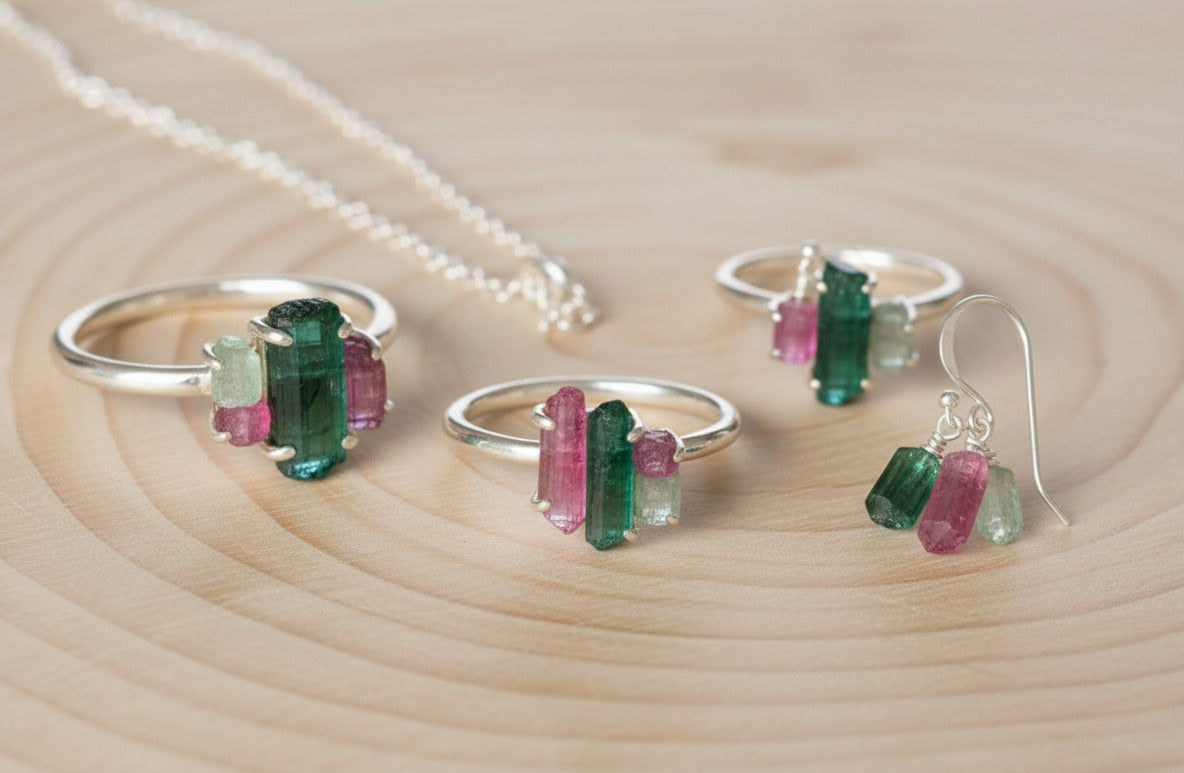
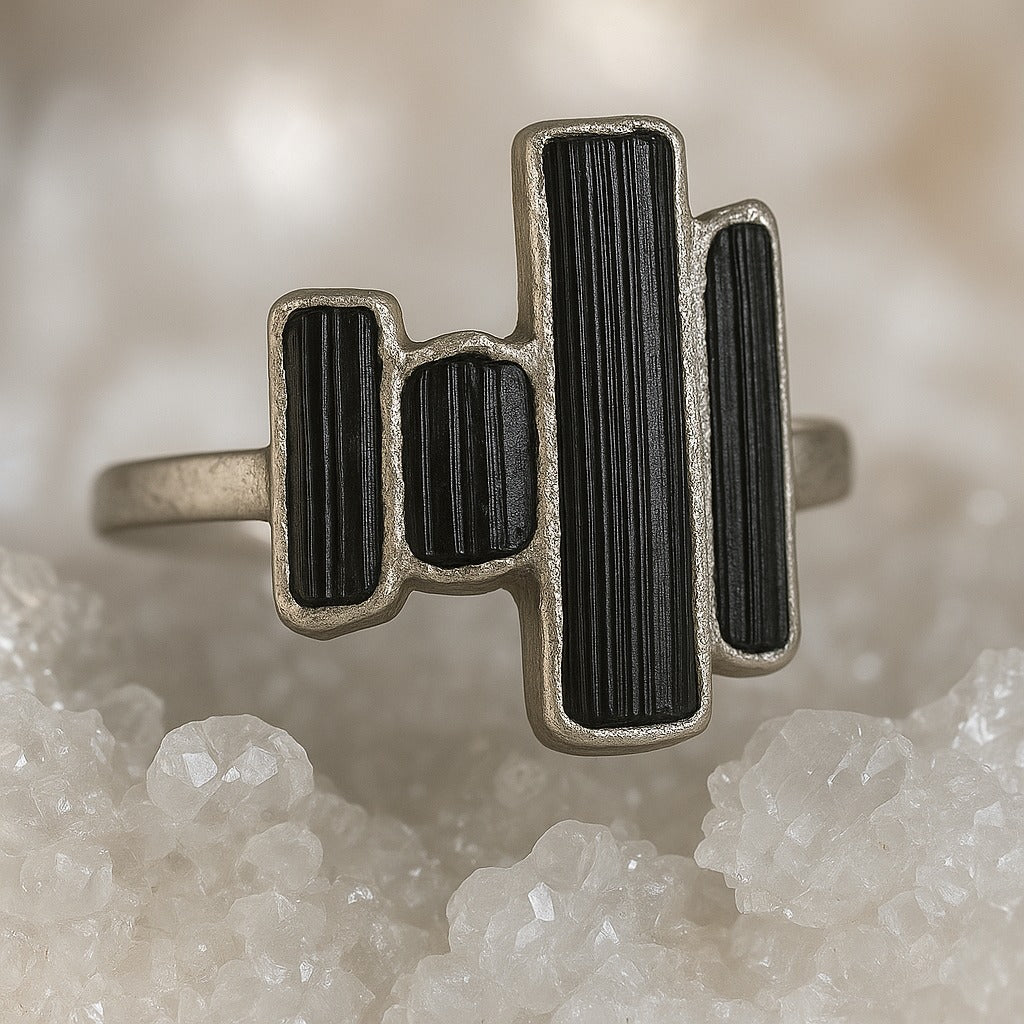
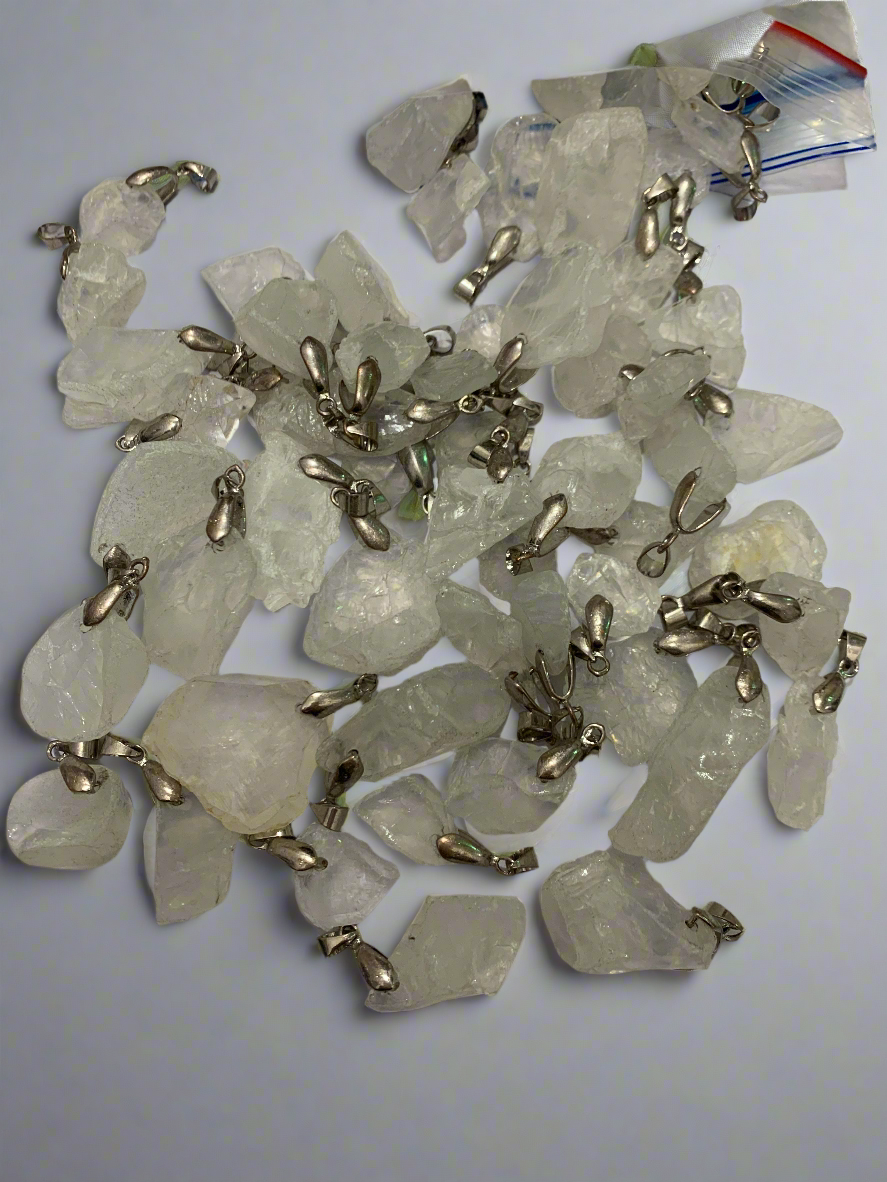
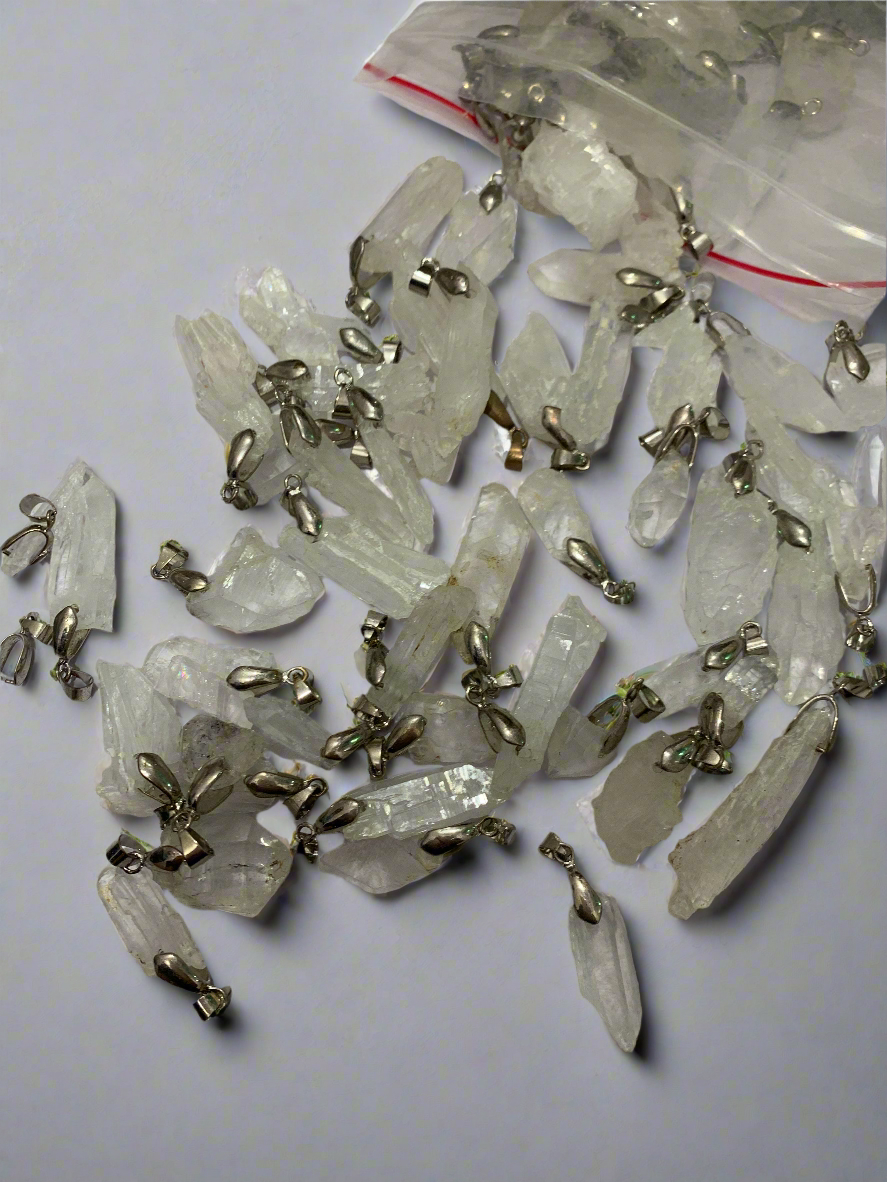
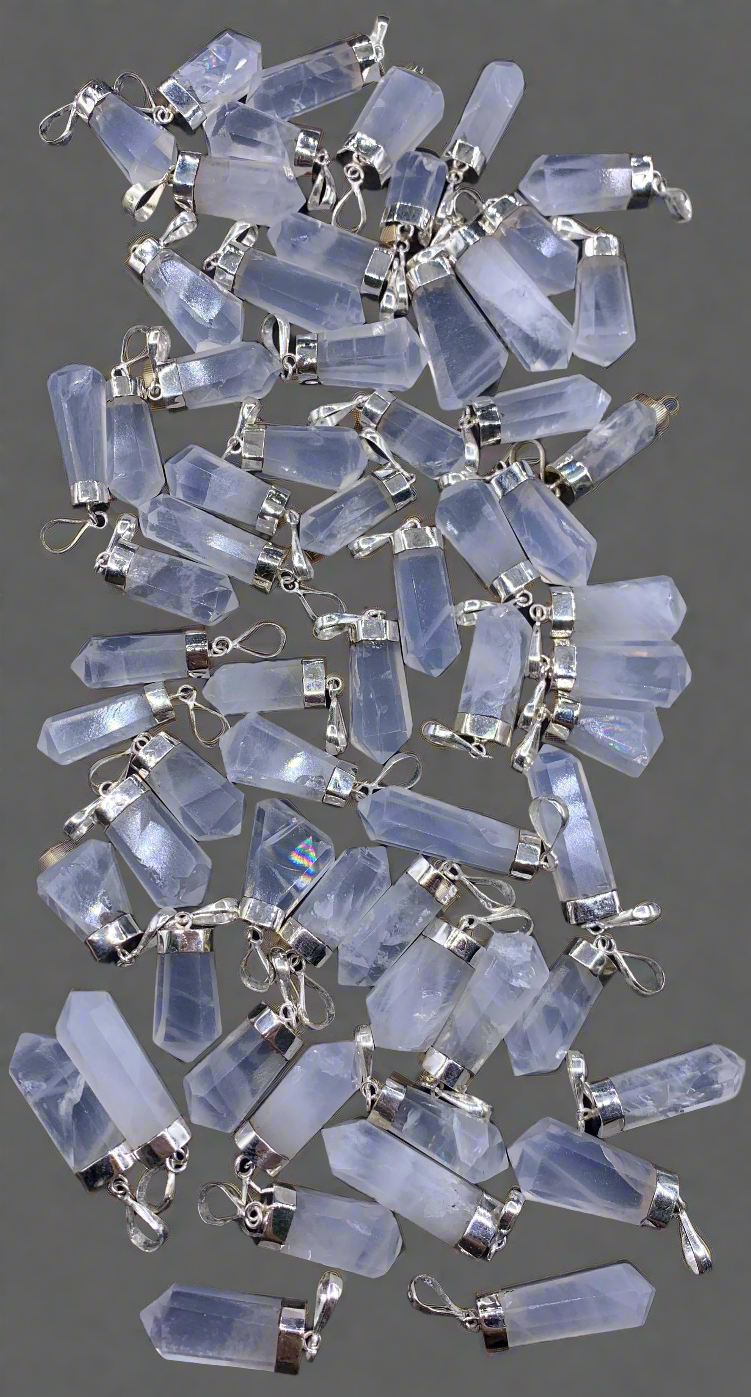
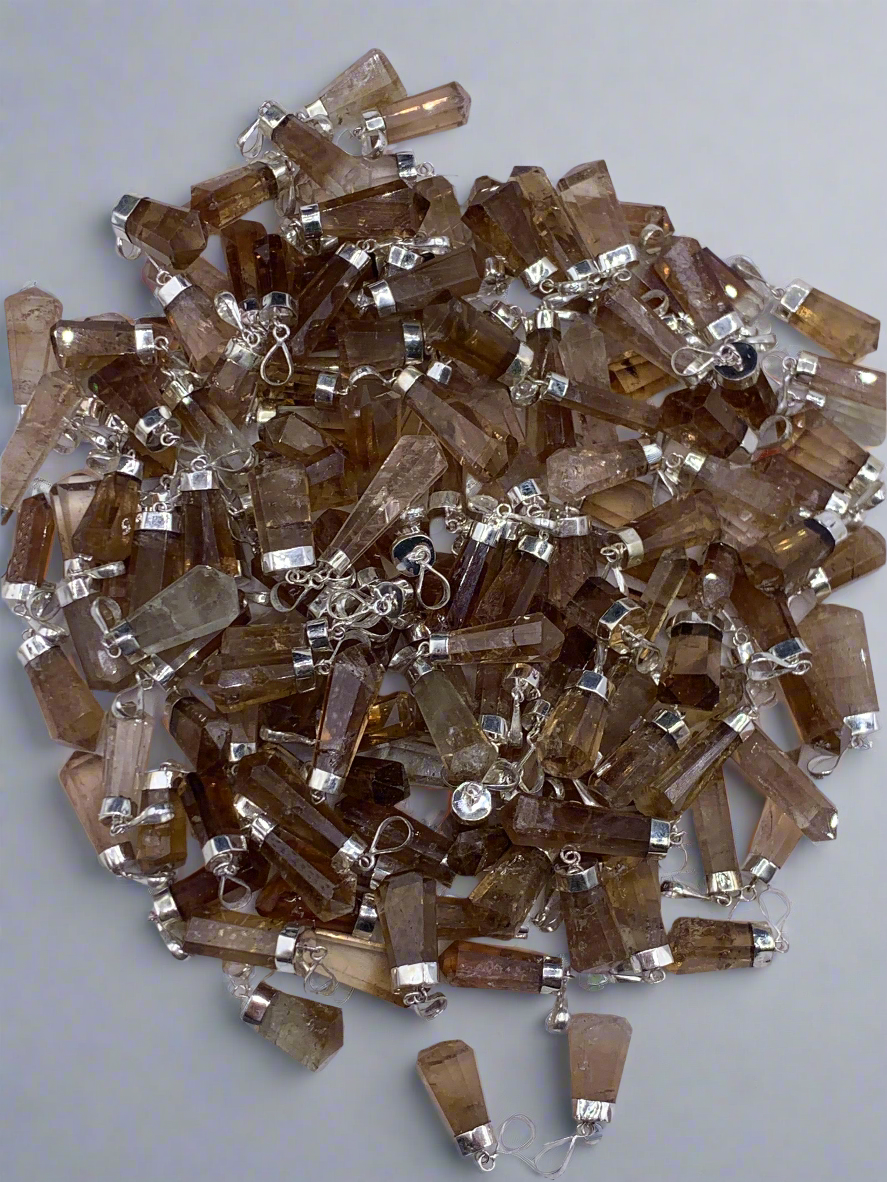
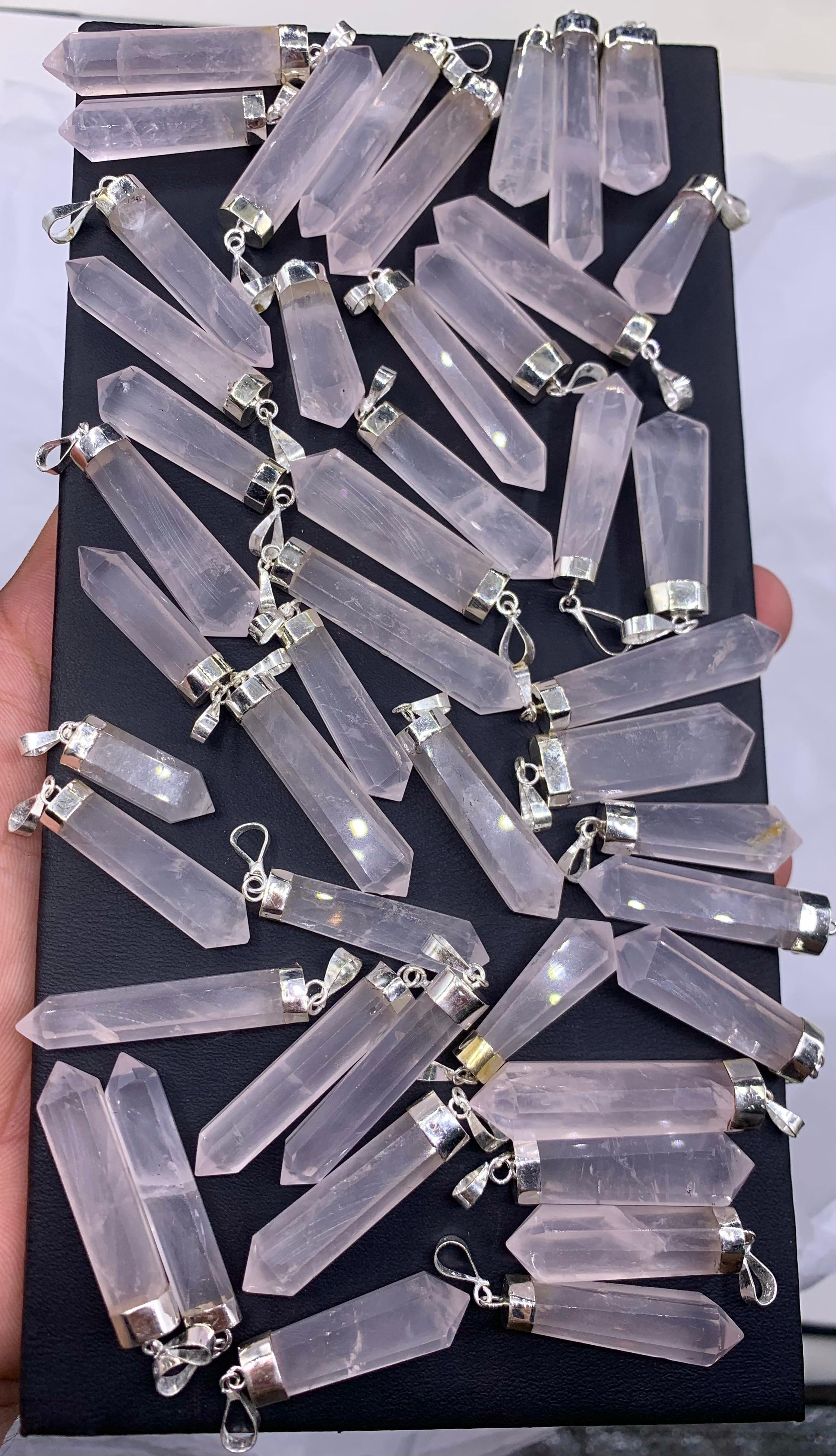
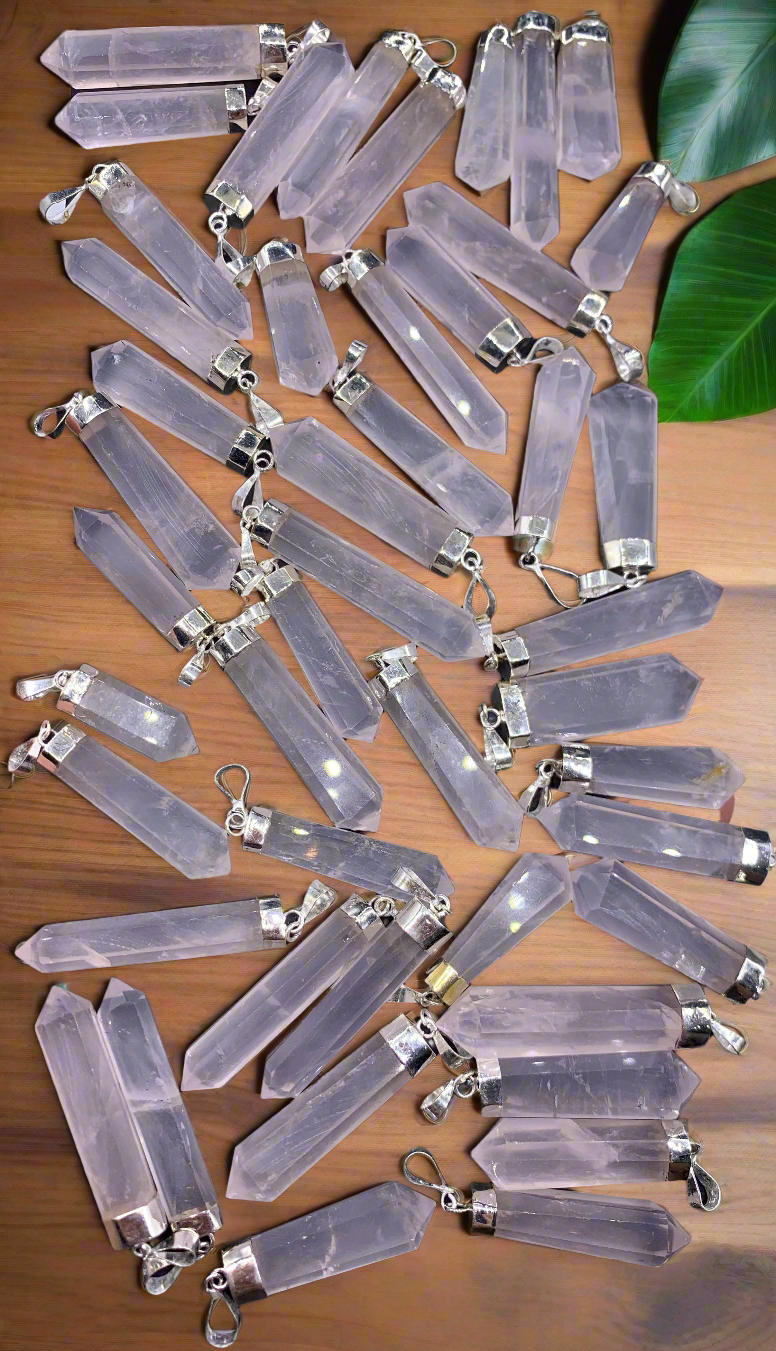

0 comments